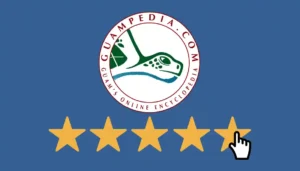
How useful was this Entry?
How useful was this Guampedia entry? Let us know your thoughts to improve our community’s knowledge shared with the world.

How useful was this Guampedia entry? Let us know your thoughts to improve our community’s knowledge shared with the world.
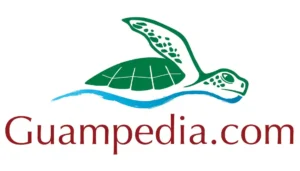
Guampedia, Guam’s online encyclopedia, is a community project and a resource on Guam history, Chamorro/CHamoru culture and people. This disclaimer governs the use of the
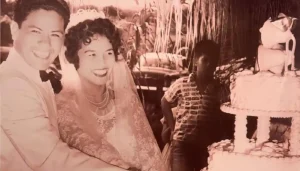
Marianas Storytelling: Land & Lineage. Part 2 of 4, Cultivating Connections Through Kånta, Courtship, & Kasamiento. Event scheduled for 26 April 2025 at the Guam

Guampedia’s Micronesia and World Milestones. A Journey through 4,000 Years
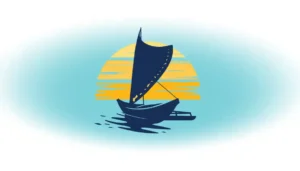
The 6th Marianas History Conference convened on 1-3 September 2024, at the Crowne Plaza Resort in Garapan, Saipan, CNMI.
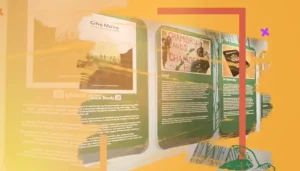
Fanohge CHamoru Put I Tano-ta: Charting Our Collective Future, an exhibition about Guam’s historical quest for political self-determination, ran from 28 March to 31 May

Yu’us Prutehi I Islan Guåhan! More than 30 years ago historian and education leader Dr. Pedro Sanchez noted that Guåhan’s quest for political self-determination lies
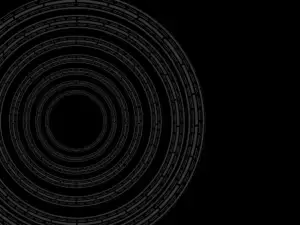
CHamoru perspectives have many times been at the periphery of the federal government’s decisions regarding Guåhan’s political affairs. An example of this was the signing

CHamoru efforts toward self-determination and decolonization have brought about the revitalization of CHamoru history and culture. Yet, the need to protect our cultural resources and

Cultural preservation is an important aspect of self-determination. For modern day descendants of Indigenous cultures, links to the past demonstrate unity, identity, distinctiveness, and relevance